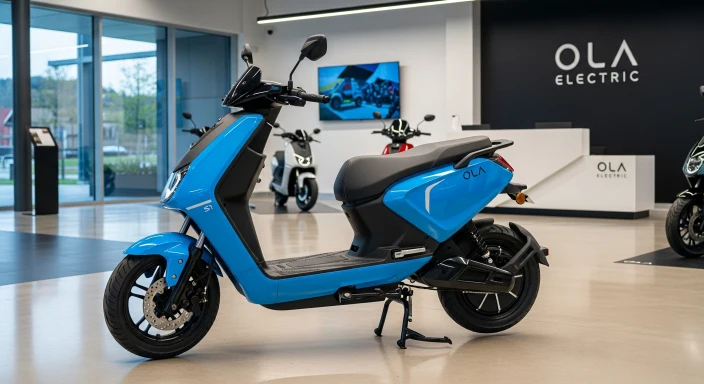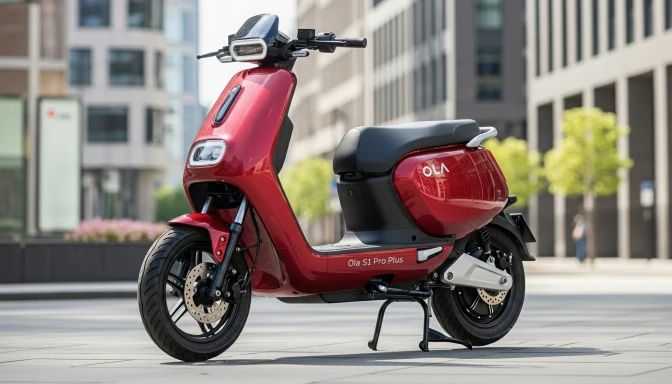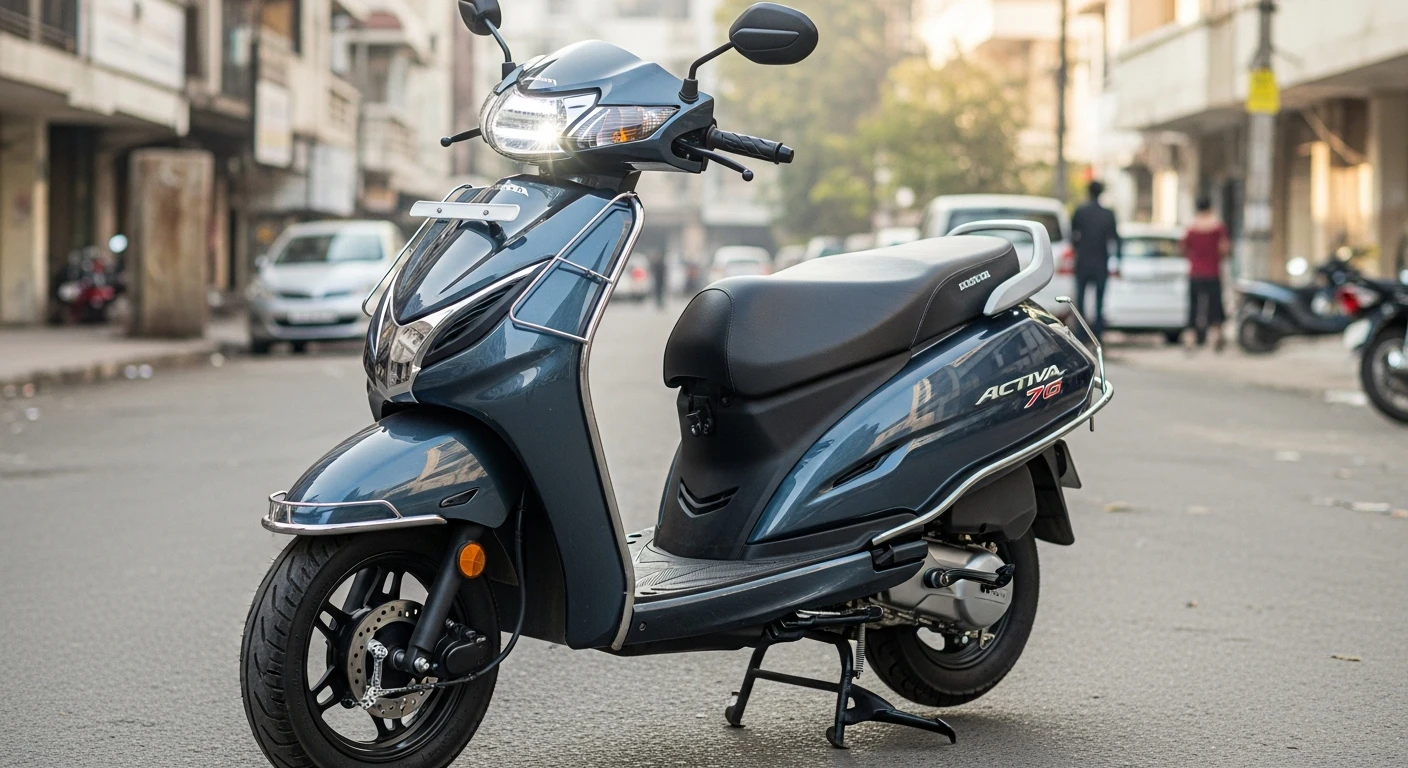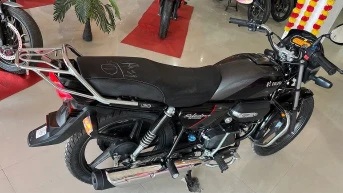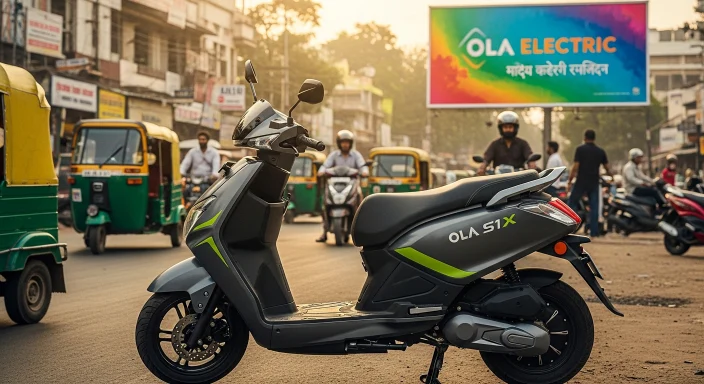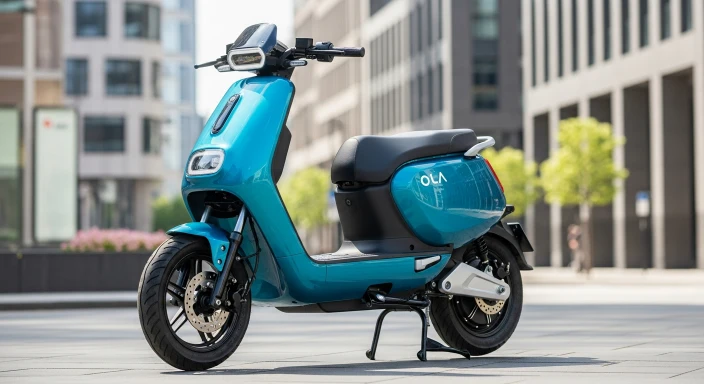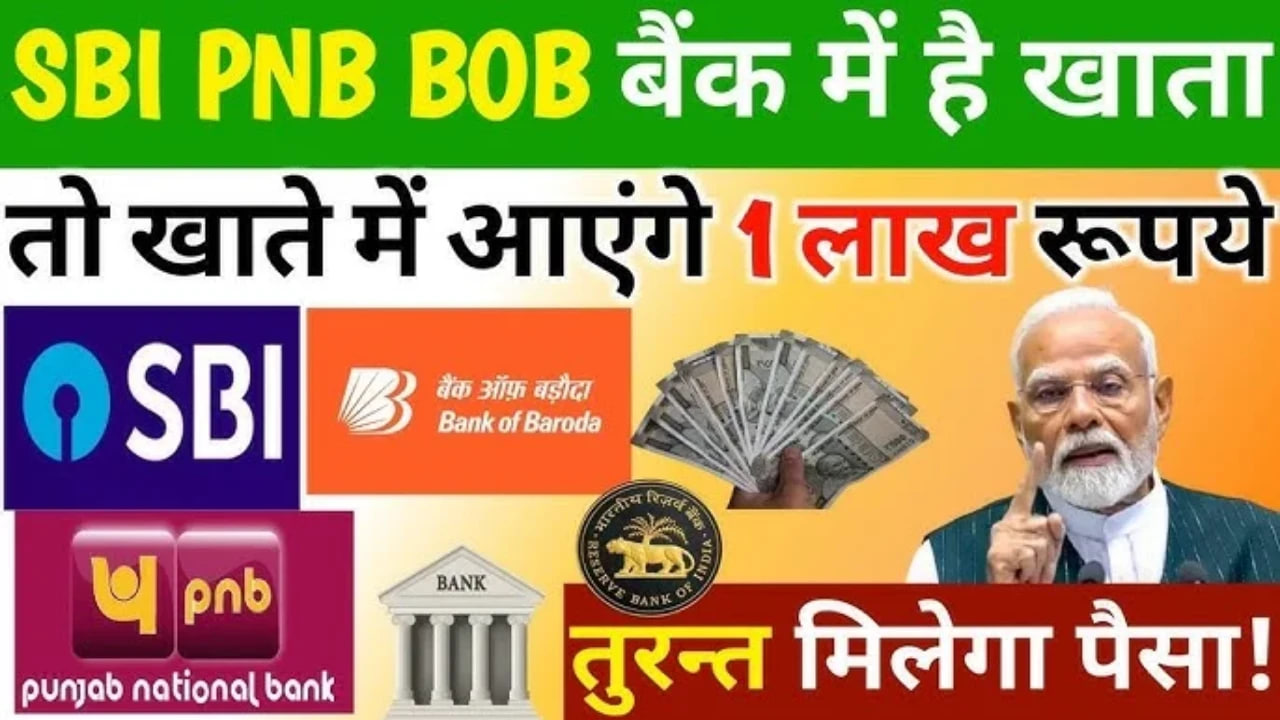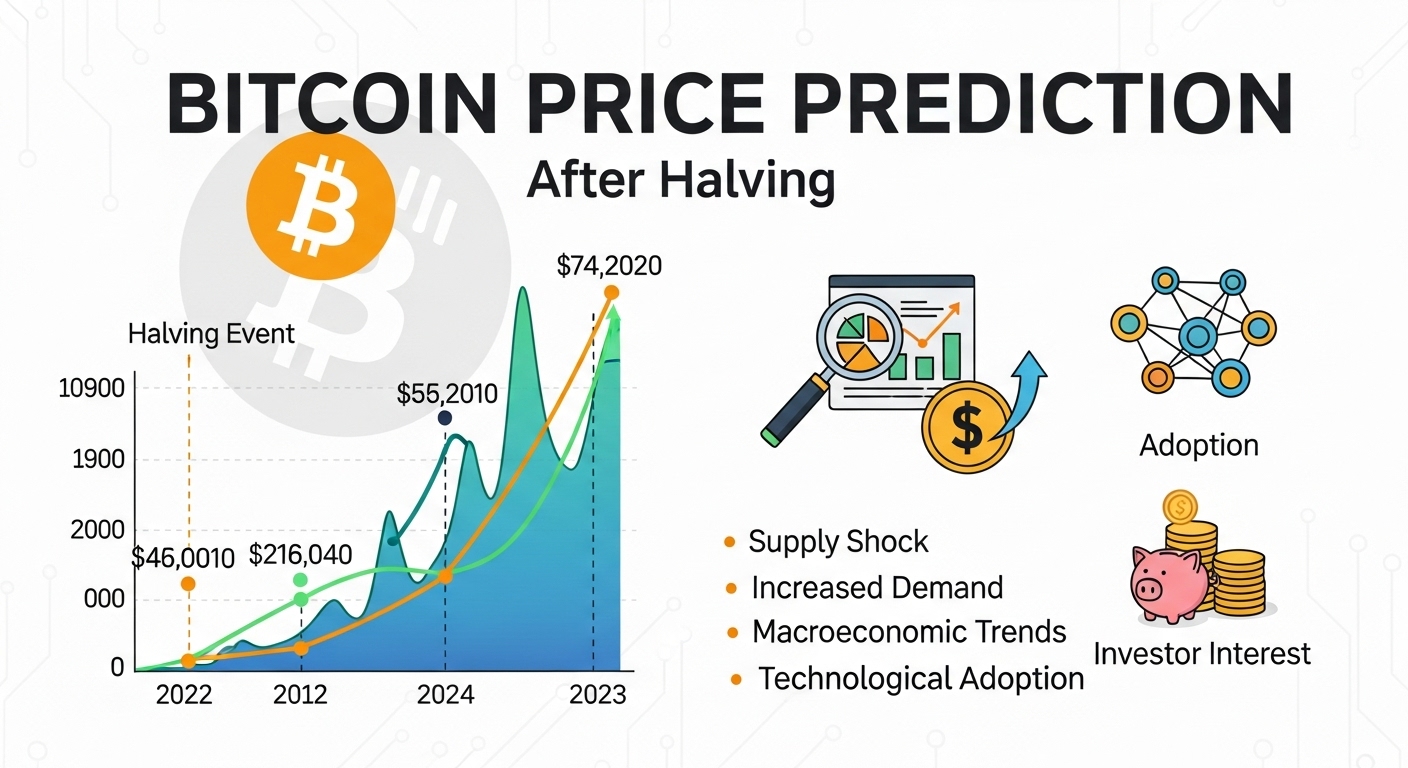From Swift to Virtus, Brezza, XUV700, Innova: The automobile market in India is witnessing a major shake-up with the introduction of the new GST 2.0 regime. According to industry experts, this restructuring of the Goods and Services Tax will make cars across all categories—hatchbacks, sedans, SUVs, and MPVs—significantly cheaper.
Popular models from Swift to Virtus, Brezza, XUV700, and Innova are expected to see substantial price drops. For buyers, this means better affordability across a wide range of vehicles, whether they are looking for budget-friendly hatchbacks or large family MPVs.
Reports suggest that the price reduction could be as high as 9% in some cases. Let’s take a closer look at how much specific models will benefit under the new taxation system.
Small Cars Lead the Price Drop
According to Crisil Intelligence, smaller entry-level models are set to become noticeably cheaper. For instance:
- The Maruti Suzuki WagonR base variant may see a price reduction of 8.6%, bringing it down to ₹5.29 lakh (ex-showroom).
- Similarly, the Maruti Suzuki Swift could now cost ₹5.93 lakh (ex-showroom) in its base variant.
- The popular Dzire sedan may come down to ₹6.25 lakh (ex-showroom).
This is excellent news for first-time car buyers, students, and families who prefer budget-friendly vehicles with reliable performance.
Mid-Range Cars Also Get Cheaper
The mid-range category, which includes compact SUVs and sedans, will also see significant price cuts under GST 2.0.
- The Hyundai Creta could see a 3.6% drop, with its base variant starting at ₹10.71 lakh.
- The Maruti Suzuki Brezza, one of the top-selling compact SUVs, will also fall by 3.6%, with the base model priced at ₹8.37 lakh (ex-showroom).
- Volkswagen’s premium sedan, the Virtus, is expected to start at ₹11.14 lakh (ex-showroom).
This price reduction makes cars in this segment more competitive and attractive, especially for urban buyers seeking a balance between style, comfort, and technology.
Big SUVs and MPVs Become More Affordable
It’s not just small and mid-range cars benefiting. Larger models are also set to see impressive price cuts.
- The Mahindra XUV700, a popular family SUV, could become 6.8% cheaper, starting at ₹13.51 lakh (ex-showroom).
- The Toyota Innova Crysta, one of India’s most trusted MPVs, may also drop by 6.8%, with a new base price of ₹18.64 lakh (ex-showroom).
For families and businesses that rely on spacious SUVs and MPVs, this reduction is a major advantage.
| Model | New ex-showroom price (estimated) | Old ex-showroom price (estimated) | Reduction |
|---|---|---|---|
| Maruti Suzuki WagonR | ₹5.29 lakh | ₹5.79 lakh | -8.60% |
| Maruti Suzuki Swift | ₹5.93 lakh | ₹6.49 lakh | -8.60% |
| Maruti Suzuki Dzire | ₹6.25 lakh | ₹6.84 lakh | -8.60% |
| Volkswagen Virtus | ₹11.14 lakh | ₹11.55 lakh | -3.60% |
| Tata Punch | ₹5.66 lakh | ₹6.19 lakh | -8.60% |
| Maruti Suzuki Brezza | ₹8.37 lakh | ₹8.68 lakh | -3.60% |
| Hyundai Creta | ₹10.71 lakh | ₹11.10 lakh | -3.60% |
| Mahindra XUV700 | ₹13.51 lakh | ₹14.49 lakh | -6.80% |
| Maruti Suzuki Ertiga | ₹8.79 lakh | ₹9.11 lakh | -3.60% |
| Toyota Innova Crysta | ₹18.64 lakh | ₹19.99 lakh | -6.80% |
What Has Changed in GST 2.0?
Earlier, under the old GST system, all internal combustion engine (ICE) cars were taxed at 28% GST, plus a compensation cess ranging from 1% to 22%. The cess depended on factors such as the car’s size, length, and engine capacity.
- Small petrol hatchbacks attracted a lower cess.
- Large SUVs and luxury cars carried the highest cess, often pushing total taxation up to 50%.
This system made Indian car prices much higher compared to global markets.
Now, under GST 2.0, things are simpler and clearer:
- All ICE cars have been placed under two slabs: 18% and 40%.
- Hatchbacks, compact sedans, and compact SUVs fall in the 18% slab.
- Mid-size, large, and luxury cars are under the 40% slab.
- Importantly, the compensation cess has been scrapped, leaving a single, transparent tax rate.
What About Electric and Hydrogen Cars?
While ICE vehicles are experiencing a major shake-up, the tax rates for eco-friendly alternatives remain unchanged or improved.
- Electric vehicles (EVs) continue to attract just 5% GST, maintaining their cost advantage.
- Hydrogen fuel cell vehicles (FCEVs) have been moved to the 5% slab, down from the earlier 12% slab.
This move highlights the government’s commitment to promoting green mobility alongside making traditional vehicles more affordable.
Impact on Buyers and the Auto Industry
The new GST 2.0 framework is expected to benefit multiple stakeholders:
- Car Buyers: Reduced prices across categories—from hatchbacks to luxury SUVs—mean more affordability and wider choice.
- Auto Manufacturers: Lower taxation can drive higher sales volumes, boosting production and market demand.
- Dealers and Financiers: Easier affordability means more customers in showrooms and higher loan disbursals.
- Government: While the tax percentage is restructured, higher sales volumes could balance out revenue.
Why This Move Matters
Cars in India have often been criticized for being more expensive compared to global markets, primarily due to high taxes. By rationalizing GST under the 18% and 40% slabs and removing the cess, the government has taken a step toward making the Indian automobile market more competitive.
Whether it is the Maruti Suzuki Swift for city driving, the stylish Volkswagen Virtus, the feature-loaded Brezza, the powerful Mahindra XUV700, or the reliable Toyota Innova Crysta, buyers now have stronger reasons to consider upgrading or purchasing new vehicles.
Also read: e Vitara Price in India 2025: Complete Details, Variants, and Features
Conclusion:From Swift to Virtus, Brezza, XUV700, Innova
With the arrival of GST 2.0, India’s automobile landscape is undergoing a big transformation. The simplification of taxes, removal of cess, and clear slabs have brought much-needed relief to buyers.
The good news is that every category—from Swift to Virtus, Brezza, XUV700, and Innova—is becoming more affordable. Whether you’re a first-time car buyer or looking to upgrade to a bigger family SUV, this could be the best time to make your move.
The price cuts, ranging from 3.6% to 9%, will not only boost sales but also align India’s auto market more closely with global pricing standards. And with EVs and hydrogen cars continuing in the lowest GST slab, the shift towards sustainable mobility remains strong.


